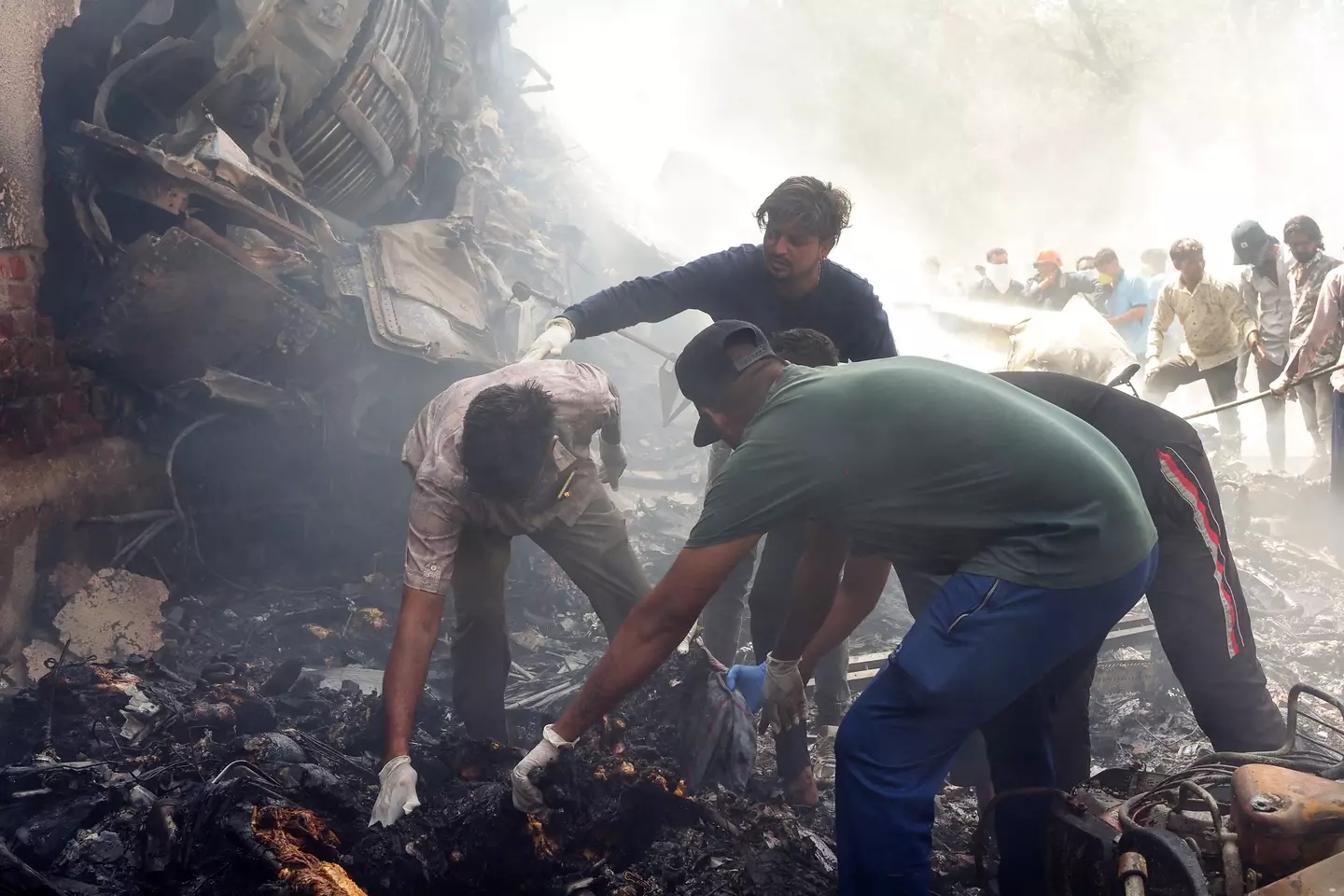The Air India airline crash only left one survivor – and people are wondering how on Earth he managed to escape a deadly fate.
On Thursday, June 12, the Air India flight plummeted to the ground only minutes after leaving the Ahmedabad, India Airport. Video footage of the aircraft quickly descending in a residential area showed the terrifying plane crash land and a massive fireball erupt as a result.
The flight was identified as AI 171 and was on its way to London Gatwick, scheduled to arrive at 6:25 p.m. local time. According to the airline, there were 242 passengers and crew members on board.
Air India added: “Of these, 169 are Indian nationals, 53 are British nationals, one Canadian national and seven Portuguese nationals.”
 The Air India crash has stunned the world and left people with multiple questions (Getty Images/Bloomberg)
The Air India crash has stunned the world and left people with multiple questions (Getty Images/Bloomberg)
Only one person from the flight is said to have survived the crash. This individual was identified as British national, 40 year-old Vishwash Kumar Ramesh and was sat in 11A on the flight.
Authorities have launched an investigation into the crash, and have yet to say what the cause of the crash was.
However, while this has been a burning question for many, a more prominent one is on people’s minds: How does a person survive in seat 11A?
Writing on social media, people question whether the seat’s position on the plane improved Ramesh’s chances of survival or if other factors were involved.
One Twitter user wrote: “Likely jumped/was flung clear pre-fire. Reinforced frame + instant egress + luck.”
Another said: “Next to the frame structure, in front of the wing, no seats in front of him. Increases time of impulse while protecting him from full structural compression?”
A third commented: “Pure Luck. That’s all it is. Not karma. Not an act of God. Just luck.”
Experts have also weighed in on the deadly nature of the crash and how it would genuinely appear unsurvivable.

The apparent sole survivor from the crash was identified as Vishwash Kumar Ramesh (SAM PANTHAKY/AFP via Getty Images)
Prof Edwin Galea, director of the Fire Safety Engineering Group (FSEG) at the University of Greenwich spoke to the Telegraph and said: “As far as this accident is concerned, I think it’s miraculous that anyone survived because I think technically this crash is probably a non-survivable crash.
“We still don’t know enough about it, but a fully fuelled aircraft crashing into a built-up area, it’s probably unlikely that we would expect to see any survivors from this.
“This is probably an unsurvivable crash a) because it’s in a built-up area and b) because the damage to the fuselage would have been so severe. Plus the huge post-crash fire would make it unlikely. The fact that one person has survived, I think, is miraculous.”


